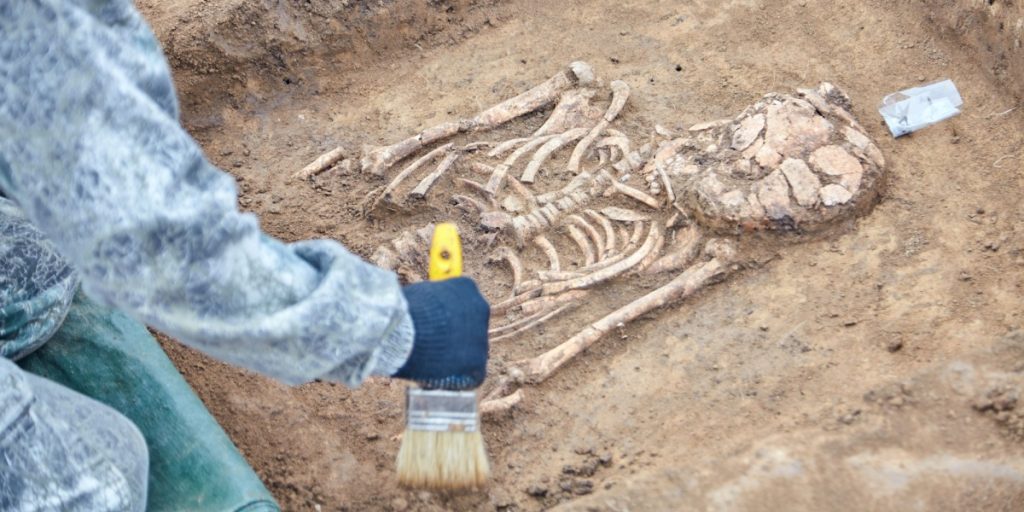Archaeologists in northern Peru have unearthed the remains of nearly four dozen children.
Others are reading now
In a significant archaeological discovery, researchers in northern Peru have uncovered the remains of nearly 50 children, likely sacrificed by the Chimu civilization more than 600 years ago.
The remains were found near the town of Trujillo.
According to the archaeologists, the remains show signs of ritual sacrifice, including cuts on the sternum and ribs, indicating that the children’s hearts may have been removed.
The Discovery
Archaeologist Julio Asencio, who is leading the excavation, reported that each child was buried individually.
Also read
The site also contained the remains of two adults and nine llamas, believed to have been offerings symbolizing food, clothing, and transportation for the Chimu people.
The Chimu civilization, which dominated northern Peru from the 700s until the late 1400s, was known for its complex society and impressive architectural achievements
However, this discovery reveals a darker aspect of their culture. Historians believe these sacrifices were performed to appease their gods following natural disasters such as heavy rains and flooding.
Sacrificial Practices
According to Reuters, this recent discovery is not the first evidence of mass child sacrifices in the region.
A nearby site previously uncovered the remains of 140 children, also believed to have been sacrificed by the Chimu. These remains similarly showed cuts on the sternum and ribs, suggesting that their hearts were removed during ritualistic ceremonies. Hundreds of llamas were also found alongside the children in this earlier find.
The Chimu civilization was eventually conquered by the Inca in the late 1400s, just decades after these sacrifices are believed to have taken place.
Peru is home to a wealth of archaeological treasures, with remnants of numerous pre-Hispanic civilizations, including the Inca Empire, which stretched from present-day Ecuador to Chile.


